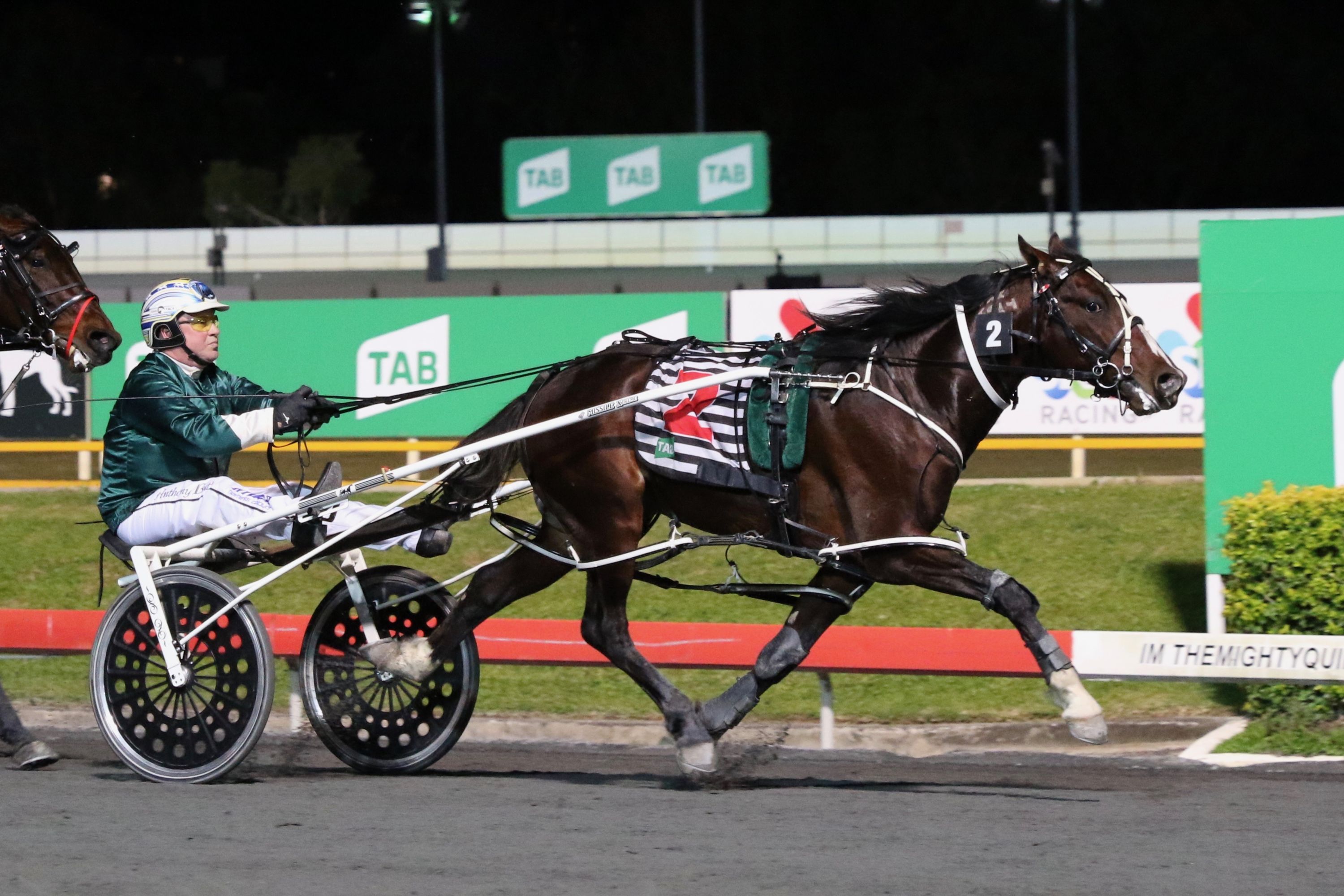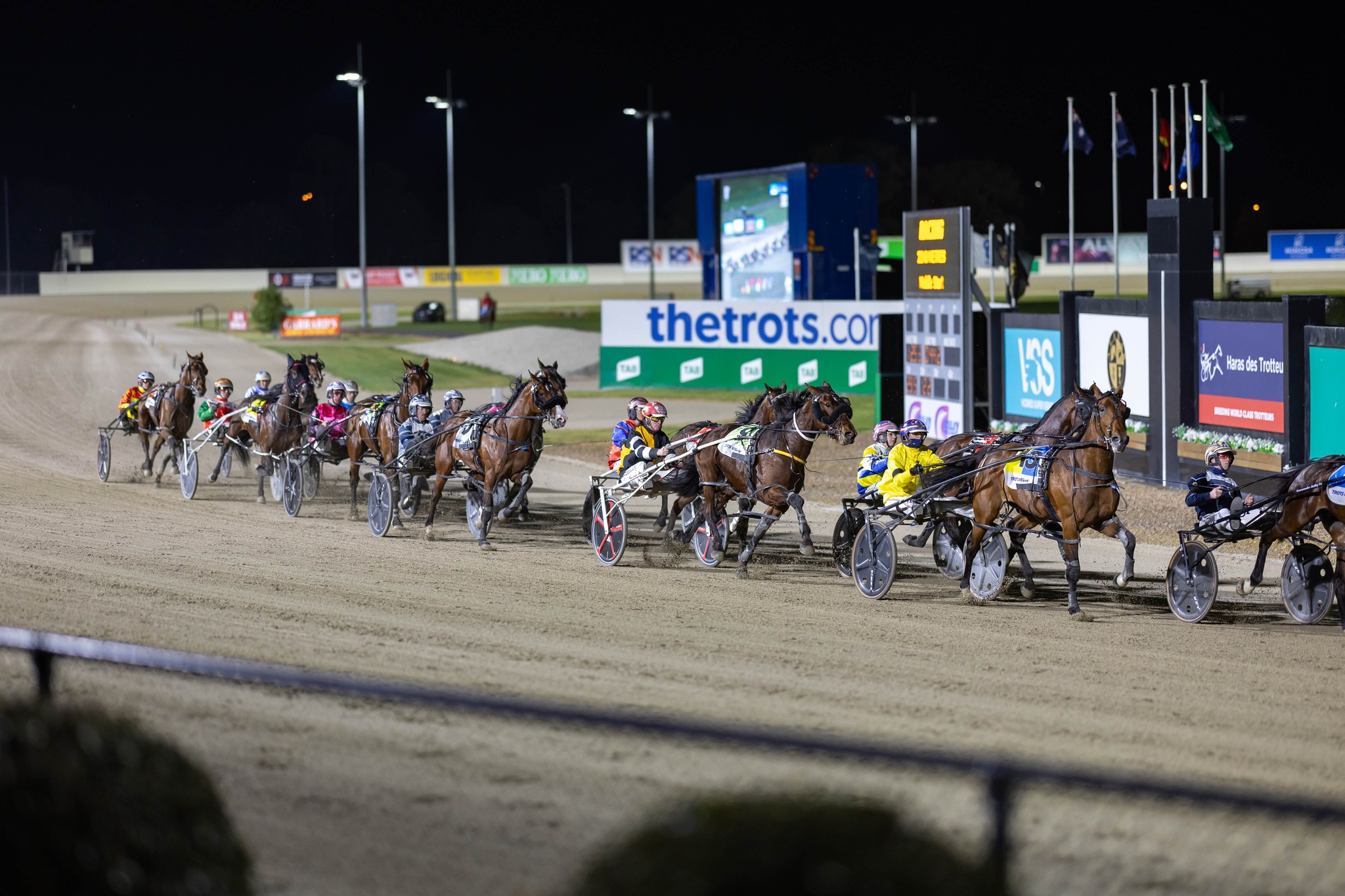Harness Racing Victoria has announced a new racing calendar model for 2024-25 racing, which has been designed to improve participants’ welfare and cut costs while driving wagering.
 The model consolidates regular time slots at venues with the greatest horse populations, facilities and wagering performance, while continuing racing at all 28 country clubs.
The model consolidates regular time slots at venues with the greatest horse populations, facilities and wagering performance, while continuing racing at all 28 country clubs.
HRV CEO Matt Isaacs said “the proposed calendar was built to reduce demands on participants, optimise industry returns and give clubs certainty”.
“A more consistent calendar helps punters engage with confidence by knowing that every night, from Tuesdays to Saturdays, they’ll be able to wager on competitive racing at familiar venues,” Isaacs said.
“By having regular race dates, clubs will be able to market their meetings, and racing more where participant numbers are greatest will reduce travel costs and improve the welfare of people and horses.
“These changes will also bring operational raceday savings, as Harness Racing Victoria continues to prioritise reducing costs while maximising revenue through wagering.”
New features of the proposed calendar include:
- Consistent night racing at Shepparton (Tuesday), Bendigo (Wednesday), Ballarat and Kilmore (share Thursdays), Melton/Geelong/regional cups (share Fridays), Melton/major cups (share Saturdays) and Cranbourne (Sunday).
- Regular racing on Wednesday afternoons at Maryborough or Charlton.
- Regular Friday afternoon racing at Mildura to enable earlier travel for participants and horses, and provide a strong lead into night meetings at Melton/Geelong/regional cups.
- An increase in race meetings in locations where a larger percentage of participants and horses are located.
Victorian Trainers and Drivers Association president Anthony Butt welcomed the focus on maximising returns to participants through prioritising wagering activity.
“The bottom line is we have to try and increase turnover to survive and having the most races at tracks with full fields is crucial to that,” Butt said.
“We’re pleased no clubs are being closed down, some will have less meetings, but the sport needs to have the most racing on the tracks where most of the horses are and people like to punt.
“Regular racing at tracks like Melton, Bendigo, Shepparton, Ballarat, Cranbourne and Kilmore gives trainers and drivers certainty about where and when racing will be on, and a lot of trainers live in those areas.”
The seven-time A G Hunter Cup winner said consolidating the bulk of racing at venues with the greatest horse populations was welcomed.
“Participants spend a lot of time on the road, reducing that is better for their welfare and safety as well as cutting costs,” Butt said.
“Diesel is dear, upkeep of float and time on the road is expensive. Trainers and drivers have to travel here, there and everywhere – we have to try and get away from that if we can.”
 Today’s announcement is the result of significant industry consultation, including a State Government sponsored report by consultant group, Ernst and Young.
Today’s announcement is the result of significant industry consultation, including a State Government sponsored report by consultant group, Ernst and Young.
The report concluded a larger regional centre racing model that optimised the racing calendar would provide more certainty and confidence for punters, forecasted at a revenue upside of $1m for harness racing in Victoria.
The movement of race meetings to focus on a consolidated model would provide natural cost efficiencies of a forecasted $2m and, significantly, deliver improved welfare for participants and horses with a travel reduction.
“The Ernst and Young report investigated ways to secure the industry’s future in Victoria,” Isaacs said. “The modelling identified ways HRV could make changes that moved the industry closer to future sustainability, including through race meeting consolidation and race calendar optimisation.”
Harness Racing Victoria has issued venues for race dates in July, with the full 12-month calendar to be released in coming weeks once all feedback has been reviewed and considered.
by Michael Howard, for Harness Racing Victoria

 USA
USA Canada
Canada Australia
Australia New Zealand
New Zealand Europe
Europe UK / IRE
UK / IRE



